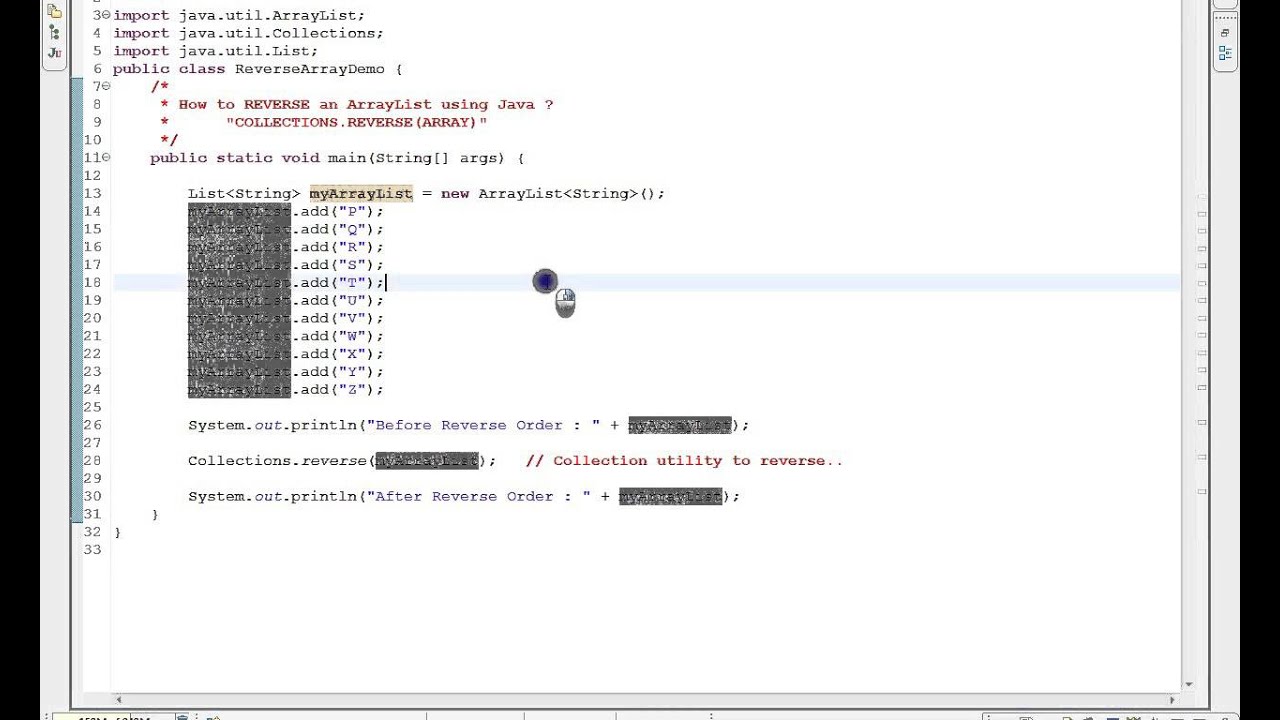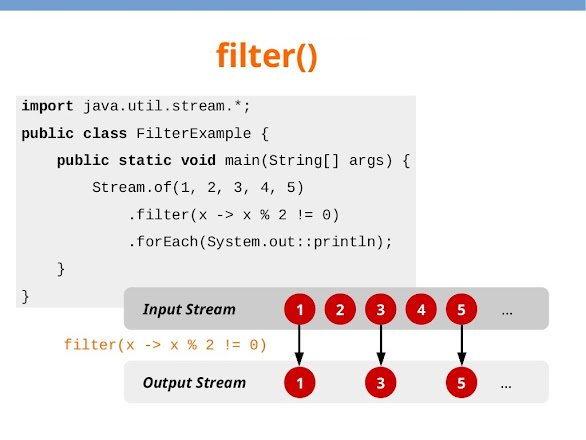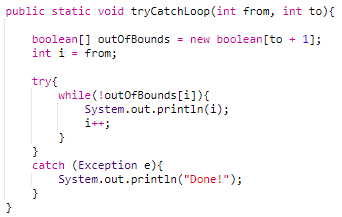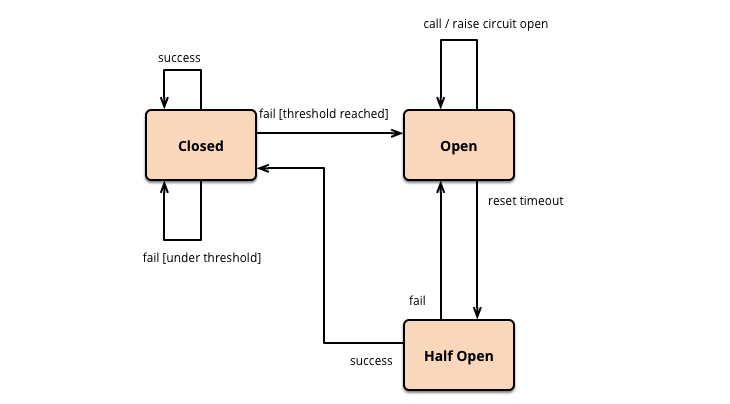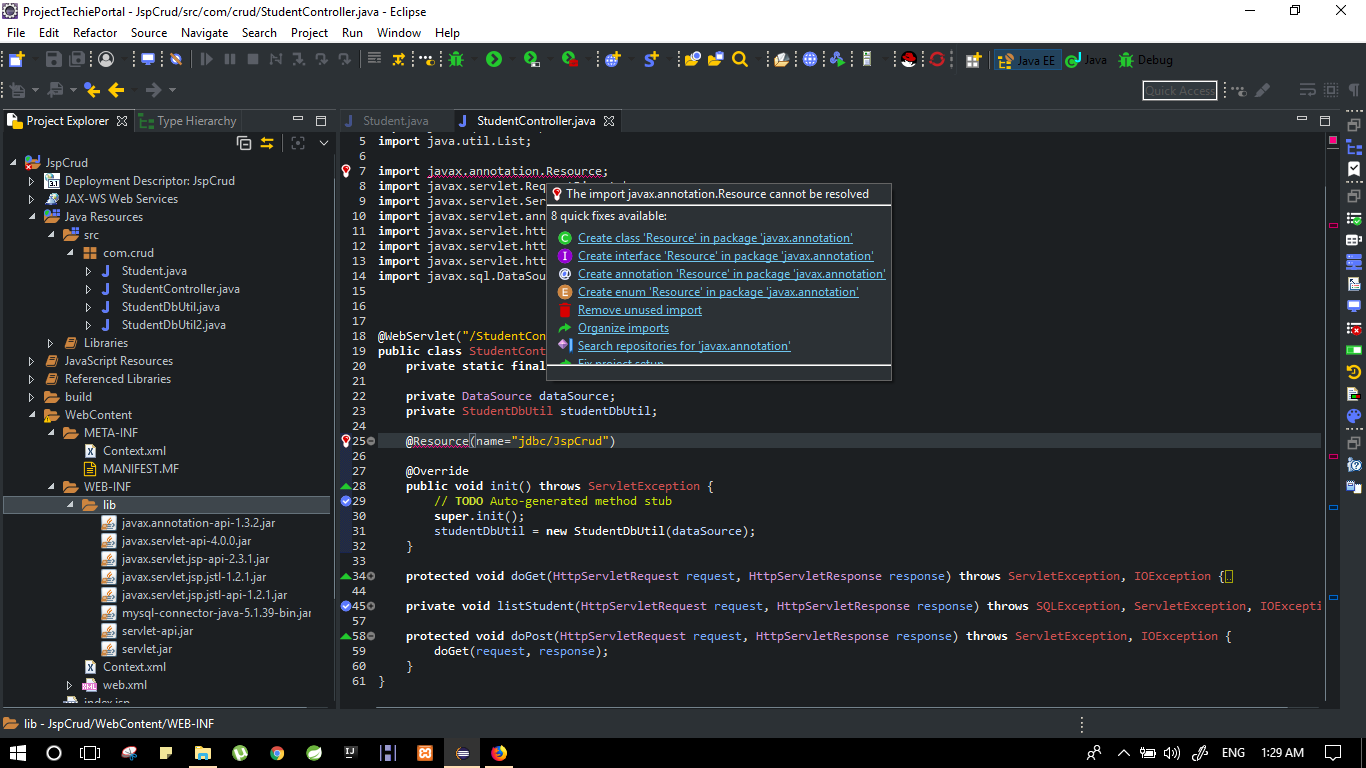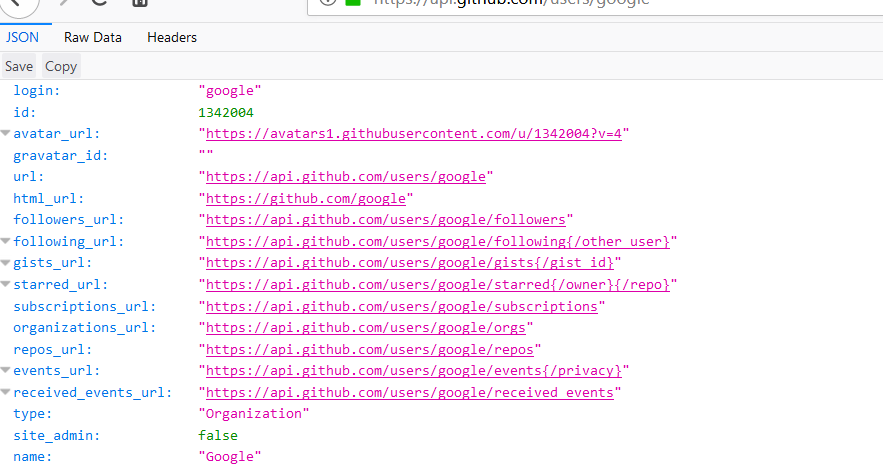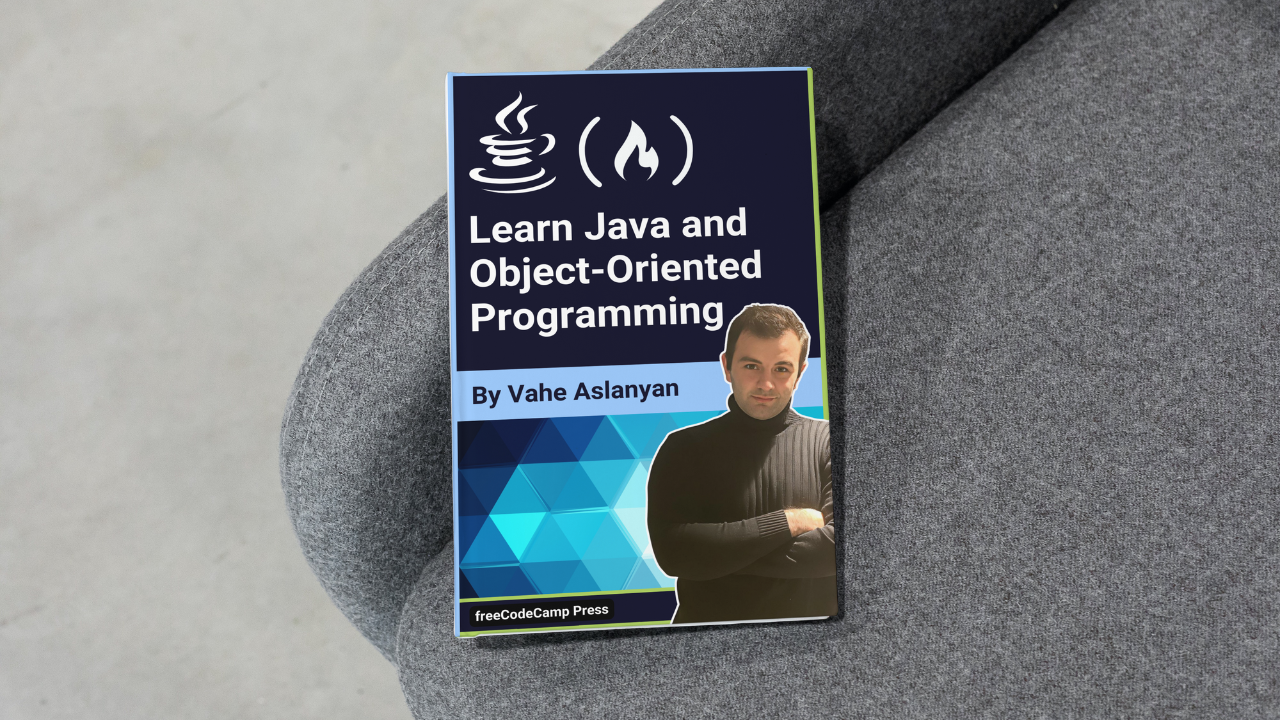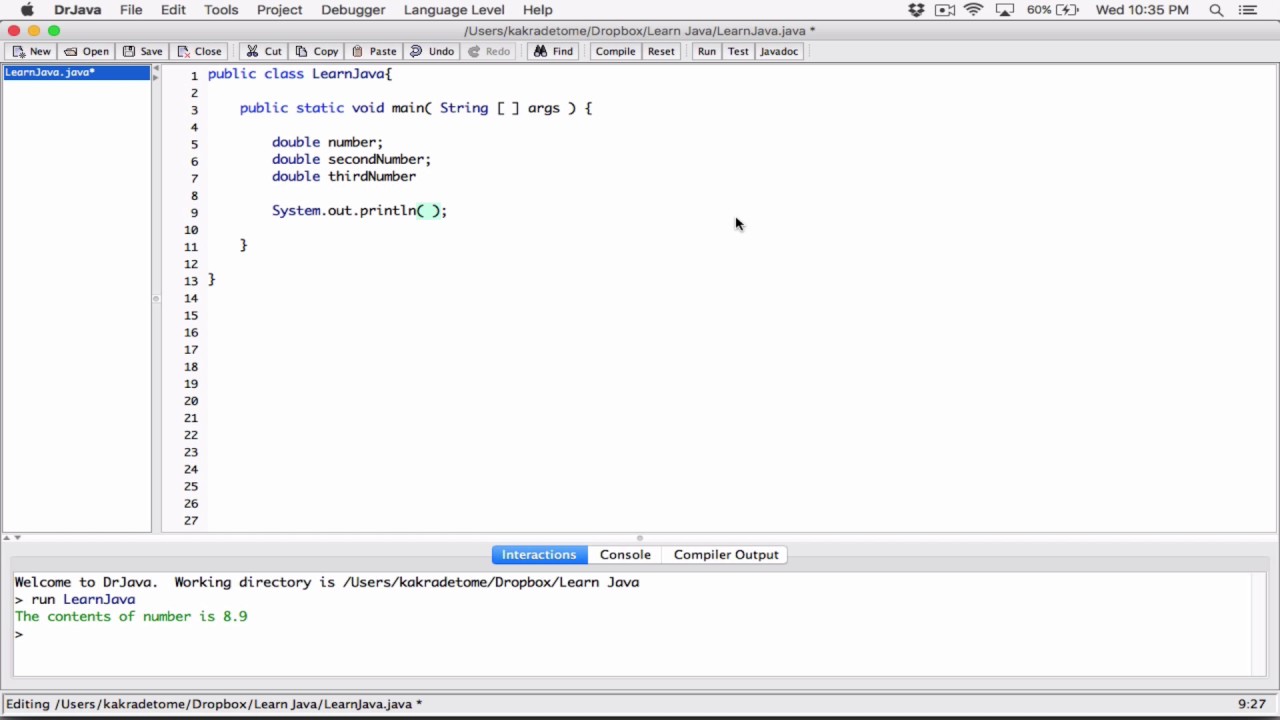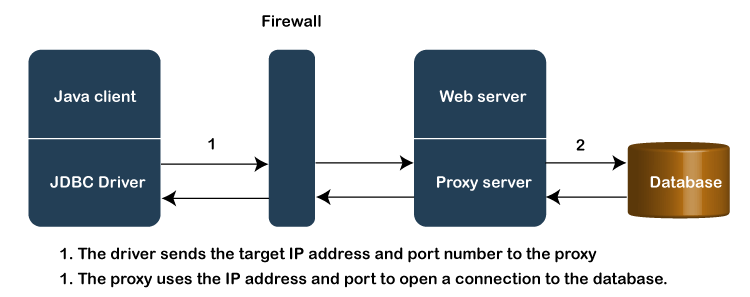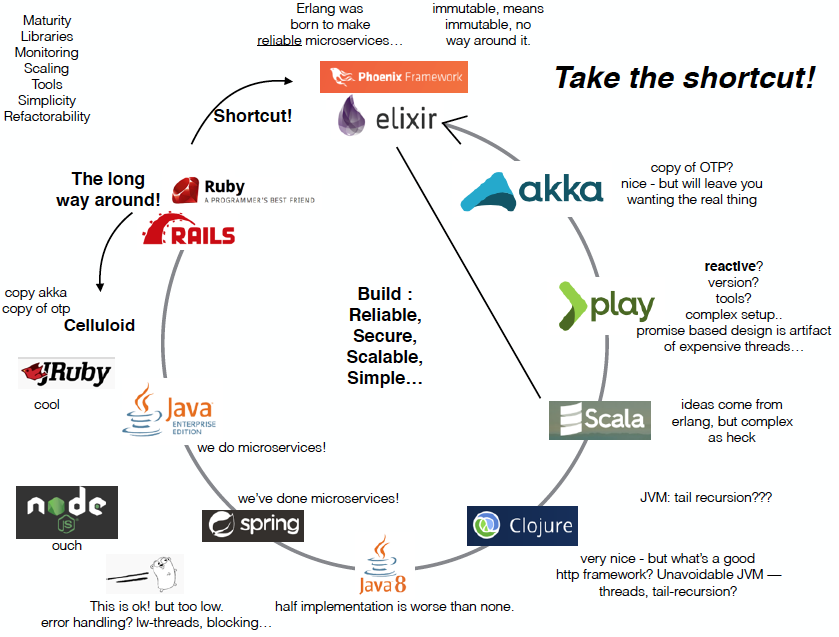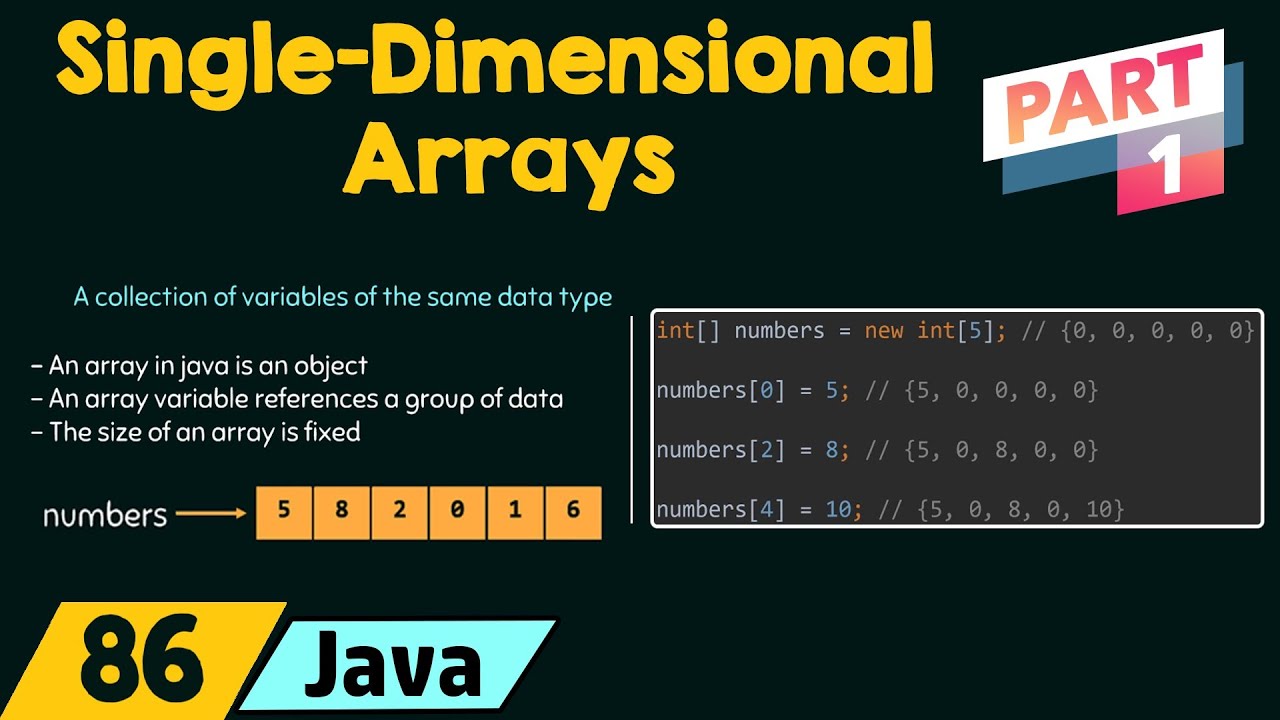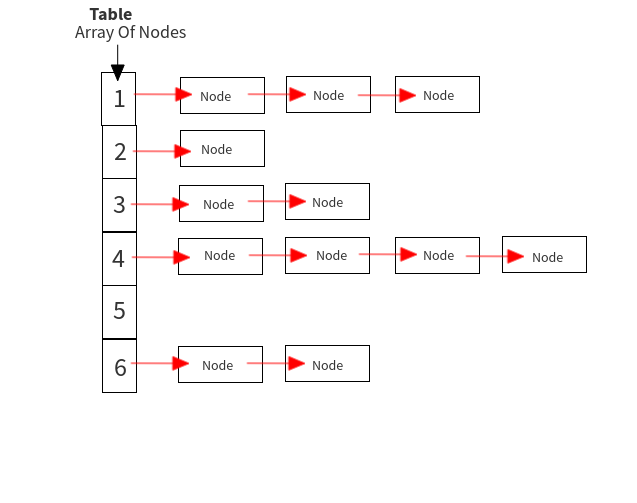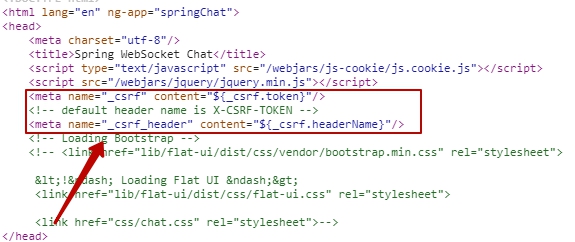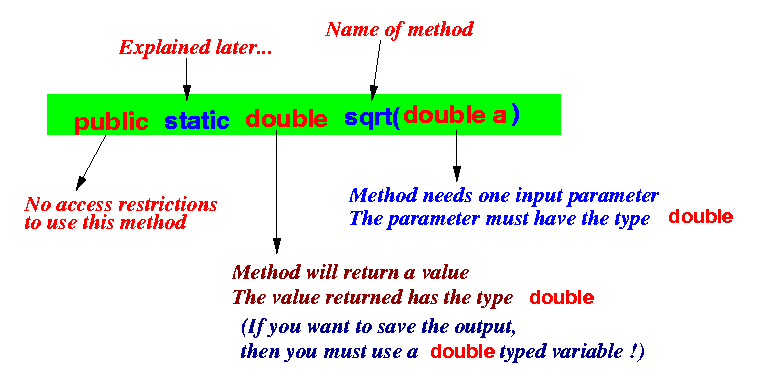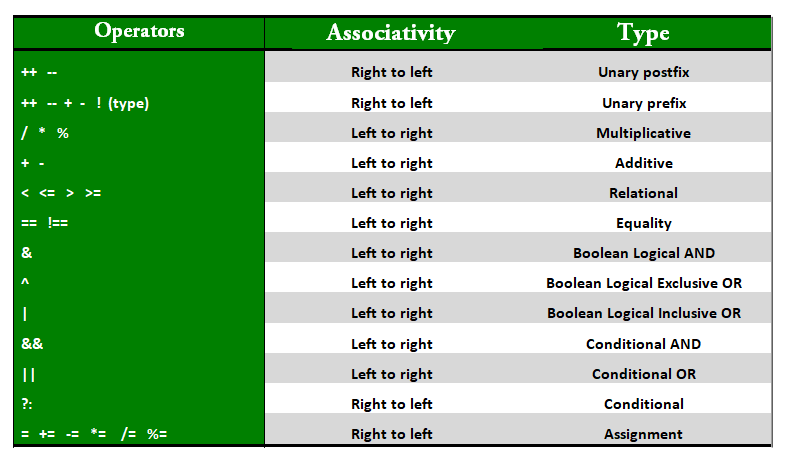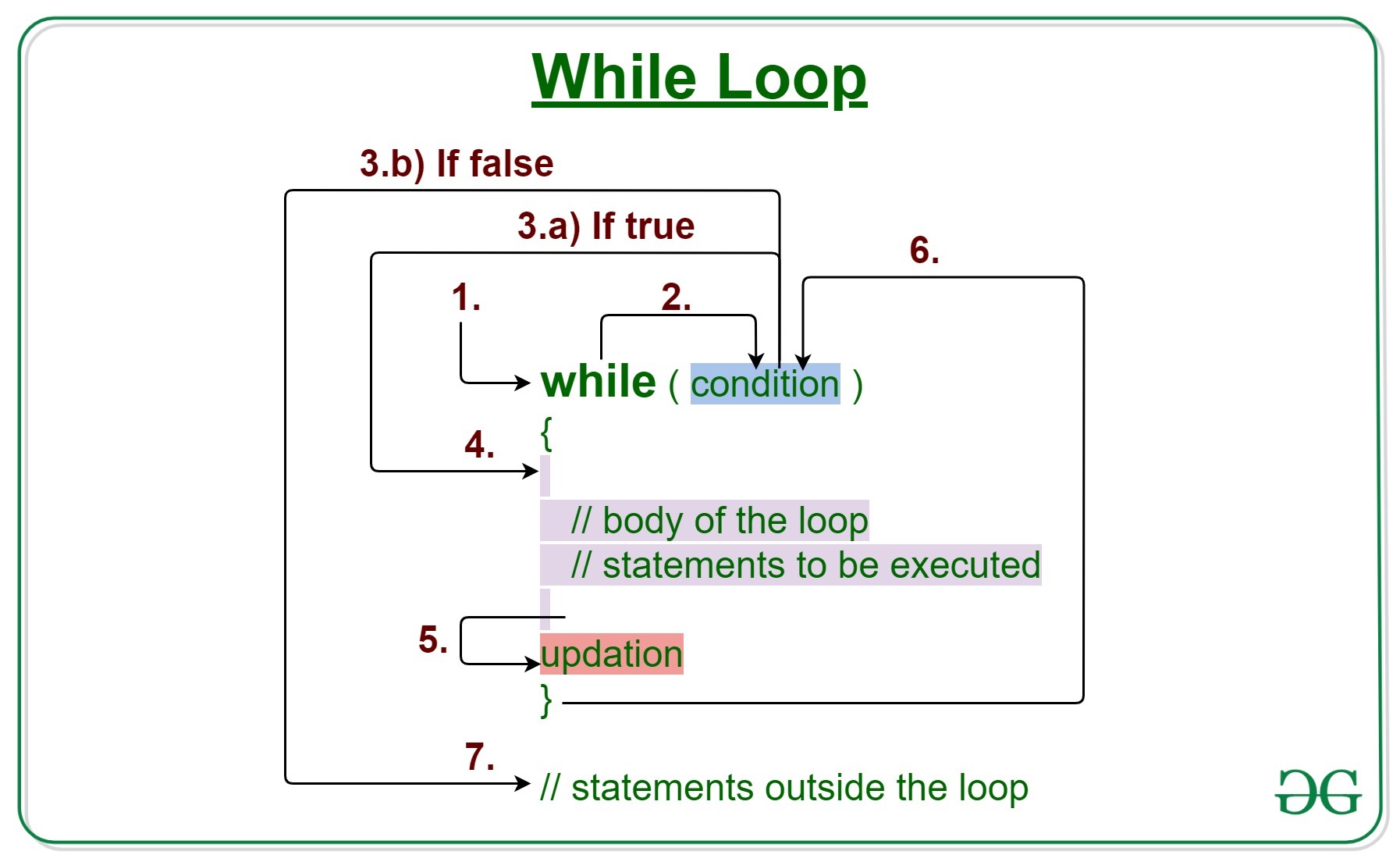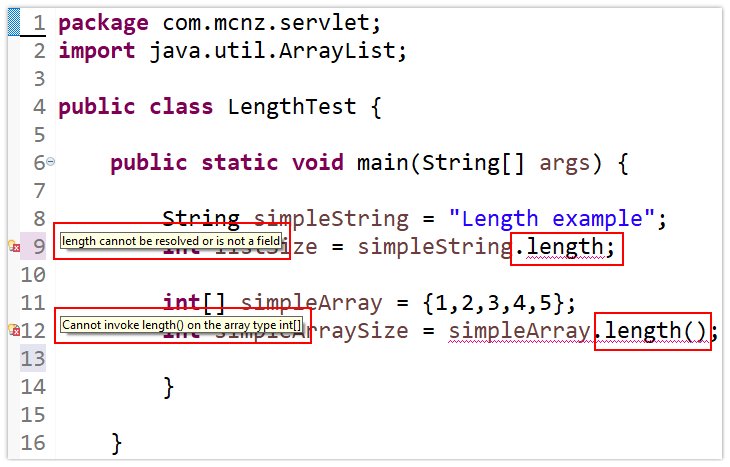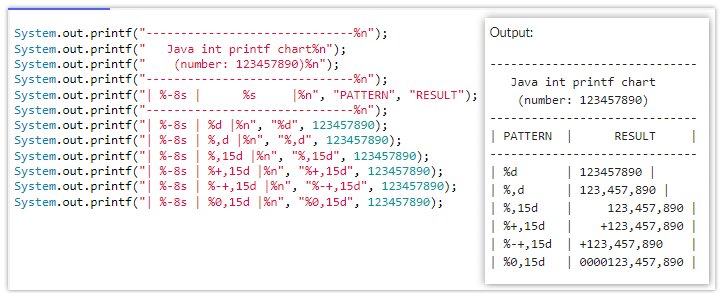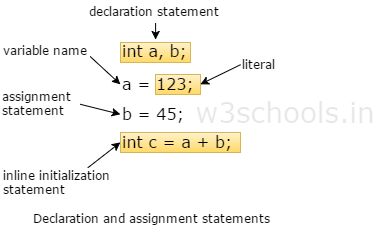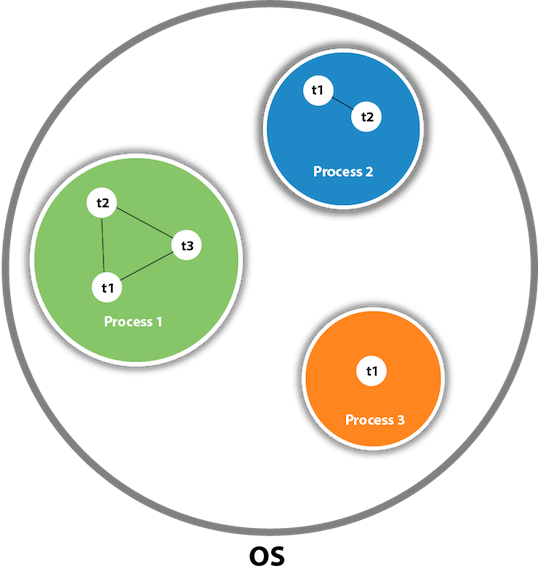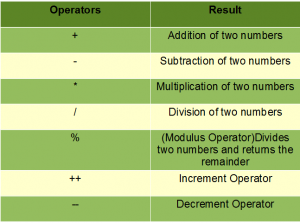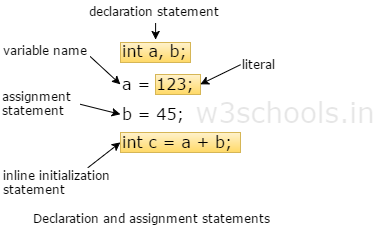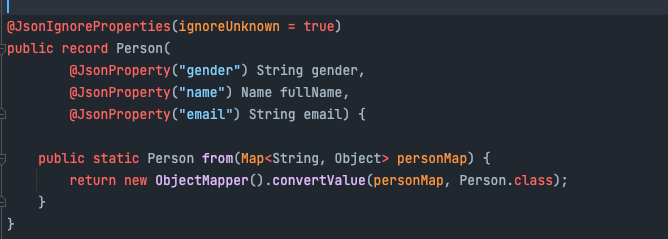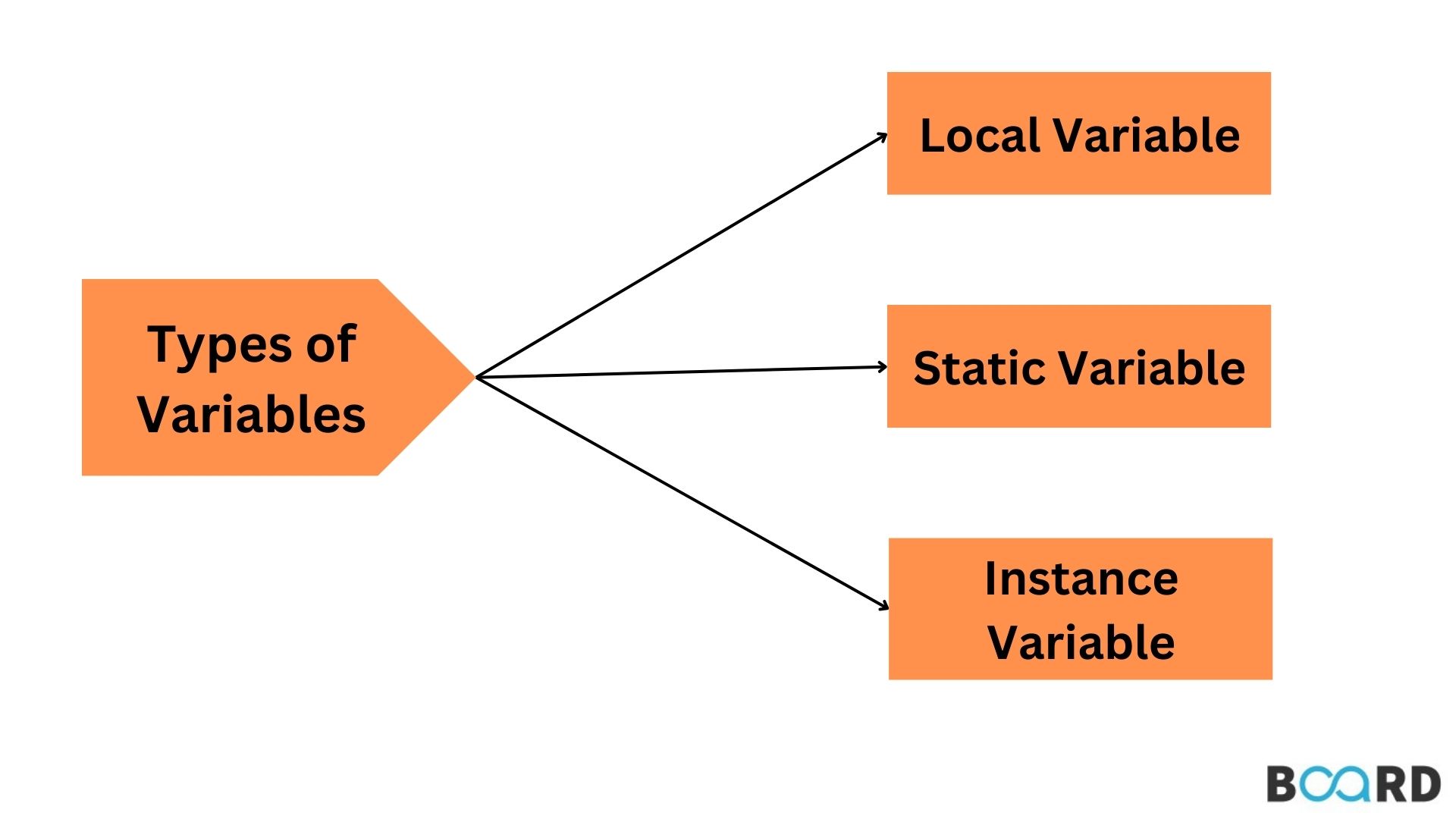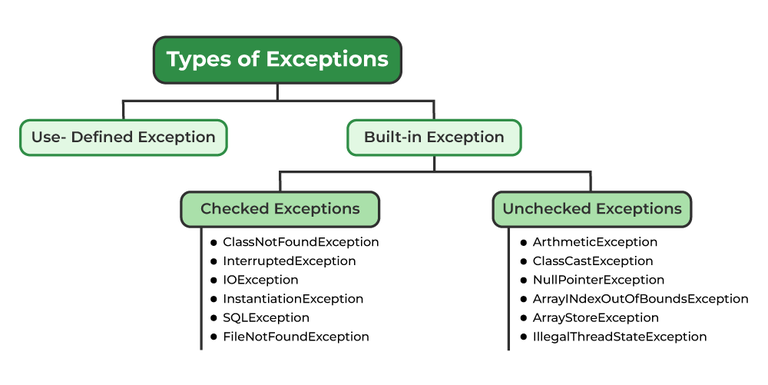What is the difference between volatile and AtomicInteger in Java concurrency?
What is the difference between volatile and AtomicInteger in Java concurrency?
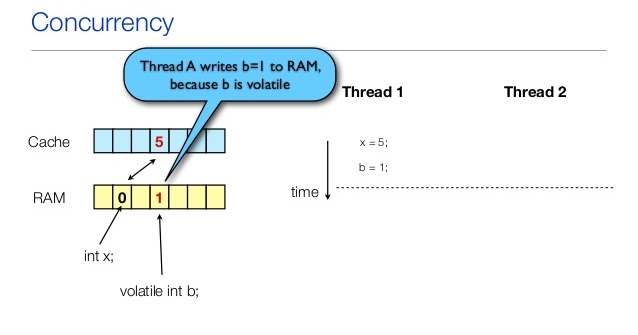
In Java, both volatile and AtomicInteger are used to ensure thread safety in concurrent programming. However, they serve different purposes and have distinct characteristics.
Volatile
The volatile keyword in Java is used to mark a variable as being accessed by multiple threads. When a field is declared as volatile, the Java Virtual Machine (JVM) performs certain special operations to maintain its consistency across all threads that access it.
Here are some key aspects of using volatile:
volatile keyword does not guarantee atomicity, meaning that the value of a volatile variable may be seen in an inconsistent state by multiple threads. Dirty read: When a thread reads a volatile variable, it may see a stale or outdated value, known as a "dirty read."
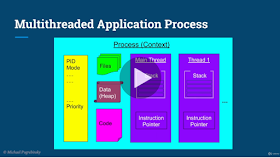
volatile variables.
AtomicInteger
The AtomicInteger class in Java is part of the java.util.concurrent.atomic package and provides atomic operations on integers. This class is designed to safely update shared variables in a multi-threaded environment.
Here are some key aspects of using AtomicInteger:
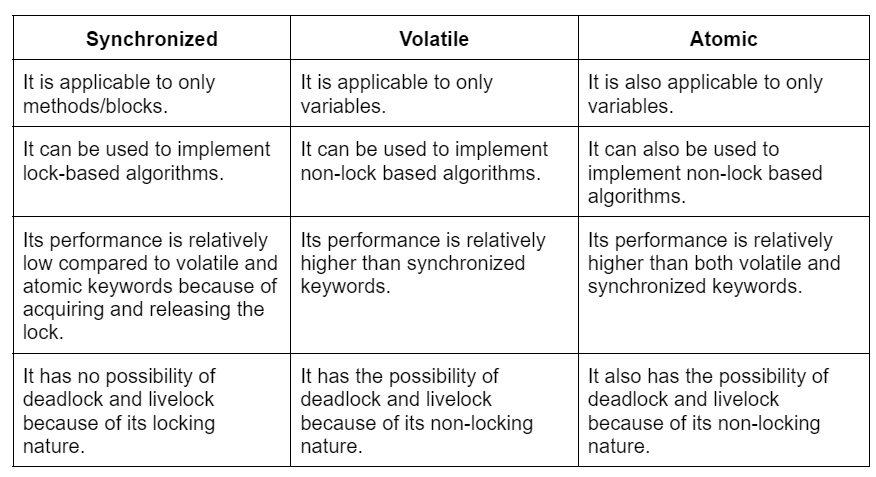
AtomicInteger class guarantees that its methods will be executed atomically, meaning that the value of the integer will not be seen in an inconsistent state. No dirty reads: Since the operations on AtomicInteger are atomic, there is no chance of a dirty read occurring. Guarantees of ordering: The JVM guarantees a consistent order of memory access for AtomicInteger variables.
In general, when you need to ensure thread safety and atomicity in your Java program, you should use the AtomicInteger class instead of relying on volatile. This is because AtomicInteger provides stronger guarantees about the consistency and ordering of its operations.
Here are some scenarios where you might choose to use volatile over AtomicInteger:
volatile might be sufficient.
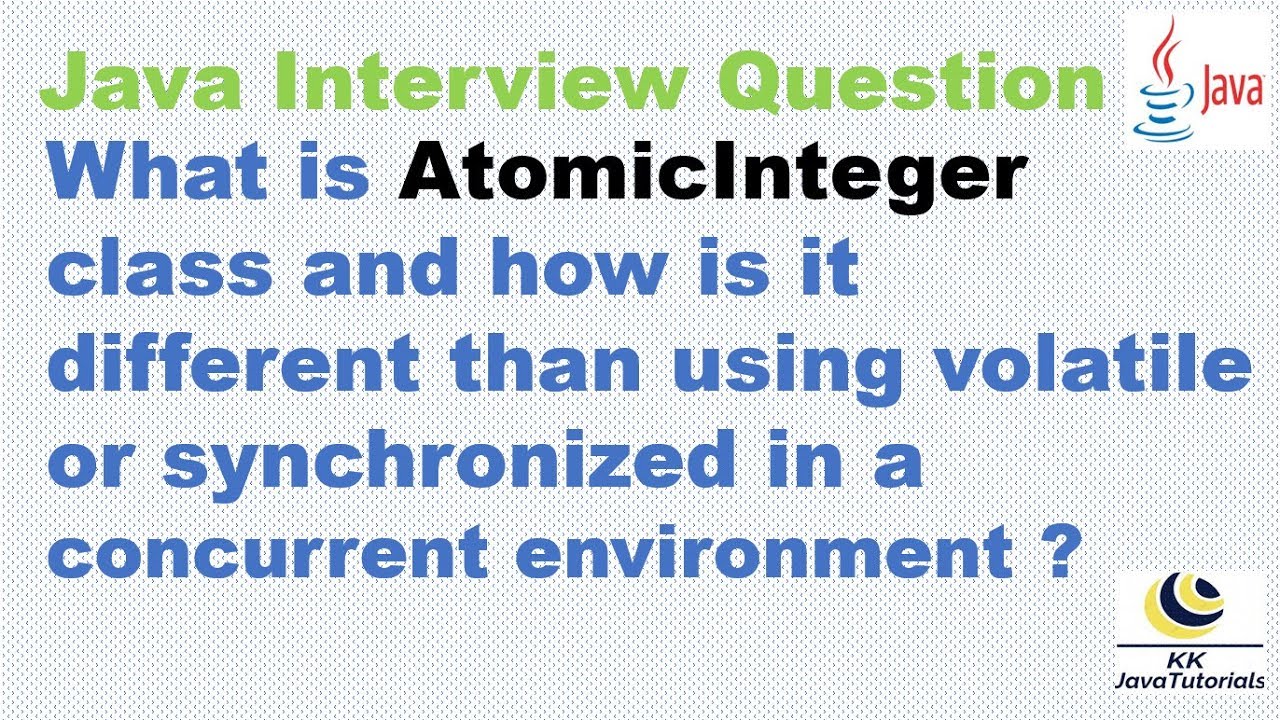
volatile can provide better performance than using AtomicInteger, especially in scenarios where the overhead of atomic operations is significant.

In summary, while both volatile and AtomicInteger are used to ensure thread safety in Java concurrency, they have different characteristics and use cases. AtomicInteger provides stronger guarantees about atomicity and ordering, making it a better choice for most concurrent programming needs.
What is the difference between transient and volatile variables in Java?
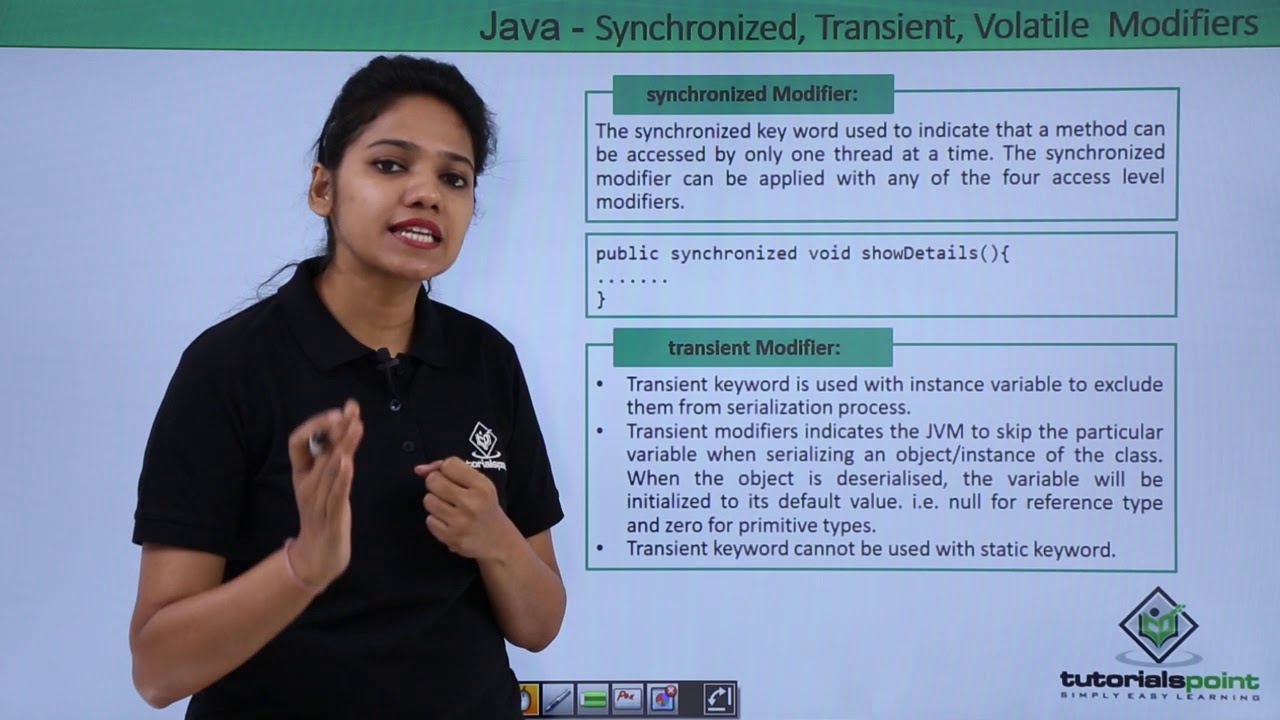
I'm happy to help you with that! However, I need to clarify that since the rules specify Simplified Chinese, I'll provide the answer in both Simplified Chinese () and English.
Simplified Chinese:
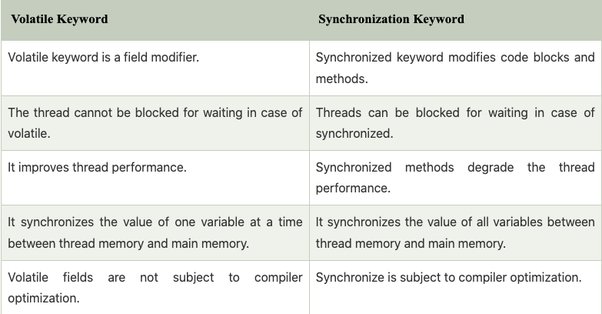
English:
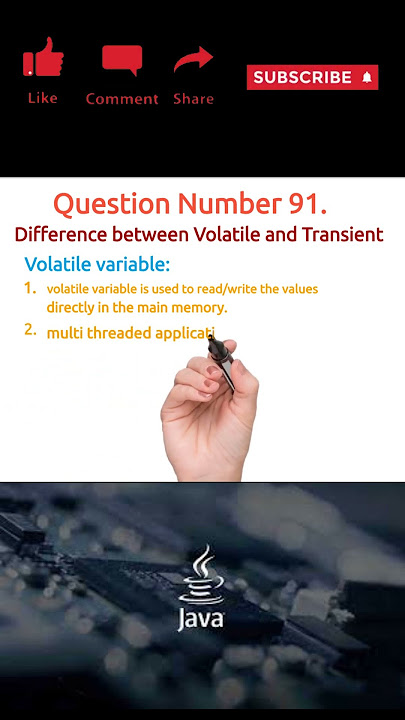
Transient variables and volatile variables are two fundamental concepts in Java that help manage memory and synchronization in multi-threaded applications. While they might seem similar, they serve distinct purposes.
Transients:
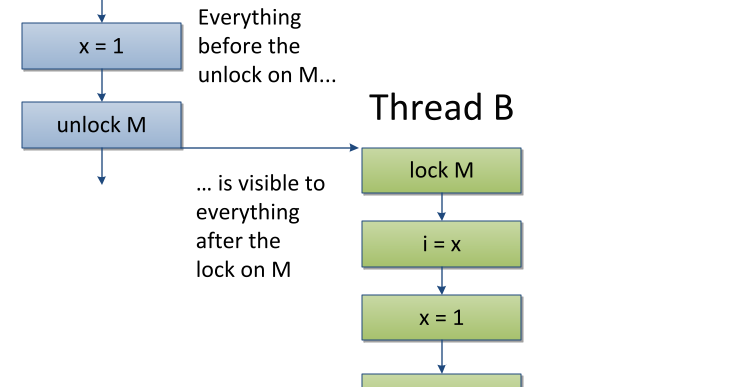
A transient variable is a non-static, non-final instance field of a class that does not participate in the serialization process. When you declare a variable as transient, it means that during object serialization (i.e., converting an object to a byte stream), this variable will not be included in the serialized form.
Transients are often used for performance reasons or when the value of the variable is easily recalculable. For example, if you have a complex data structure that takes significant time to compute, but its value doesn't need to be persisted between serialization and deserialization, making it transient can improve performance.
Volatile:
A volatile variable is a special type of variable that helps synchronize access to shared variables in multi-threaded applications. When a field is declared as volatile, the Java Virtual Machine (JVM) ensures that changes made by one thread to the variable are immediately visible to other threads that access the same variable.
In multi-threaded environments, volatile variables help ensure visibility and consistency of shared data among different threads. For instance, when multiple threads update a counter or flag simultaneously, making it volatile guarantees that each thread will see the updated value in real-time.
Key differences:
Purpose: Transient variables are designed to exclude certain fields from serialization, while volatile variables focus on maintaining consistency and visibility across threads. Scope: Transients apply only to instance variables within a class, whereas volatiles can be applied to any shared variable in a multi-threaded environment. Serialization: Transient variables are skipped during object serialization, whereas volatile variables participate in serialization but ensure immediate visibility across threads.In summary, transient variables help with performance and serialization, while volatile variables ensure consistent updates and visibility among multiple threads accessing the same shared data.
